Why Mole Sauce Enchiladas Are the Ultimate Comfort Food
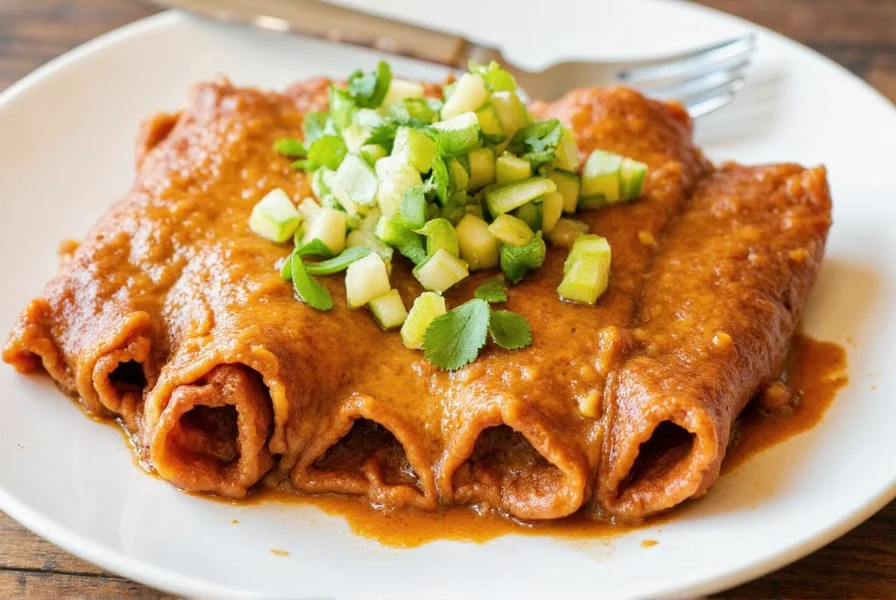
If you've ever taken a bite of mole sauce enchiladas and thought, 'Wow, this tastes like a hug in a casserole dish,' then you're not alone. These rich, complex, and deeply spiced dishes have been warming hearts (and bellies) for centuries.
Table of Contents
- What Exactly Is Mole Sauce?
- Why Mole Sauce Makes the Perfect Enchilada Base
- Understanding Mole’s Flavor Profiles
- How to Make Mole Sauce Enchiladas at Home
- Buying Guide: Best Store-Bought Mole Sauces
- Serving Suggestions & Beverage Pairings
- Cultural Roots & Regional Varieties
- Conclusion
What Exactly Is Mole Sauce?
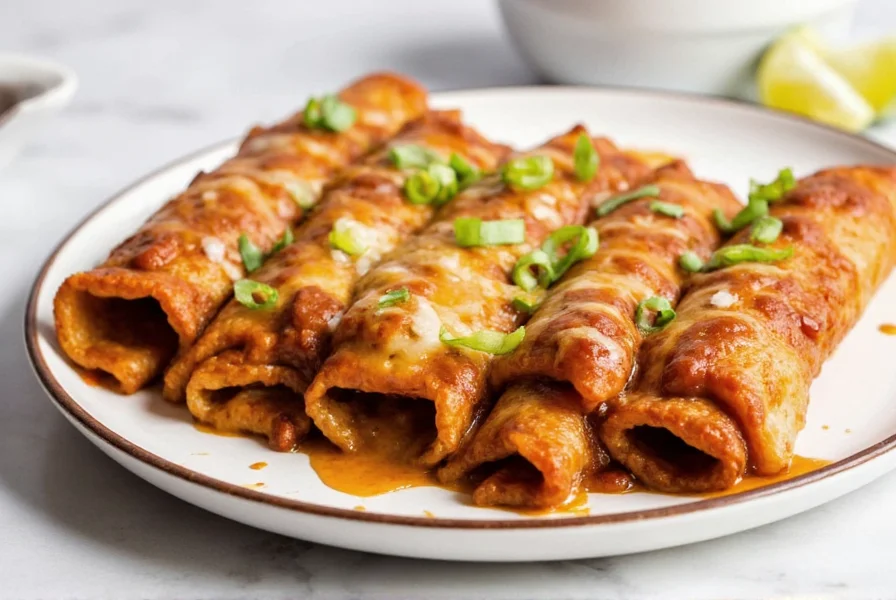
Mole (pronounced MOH-lay) is more than just a sauce—it's a symphony of flavors. Originating from Mexico, especially Oaxaca and Puebla, mole combines chili peppers, chocolate, spices, nuts, and seeds into a thick, aromatic blend that can take days to perfect in traditional settings.
Common Ingredients in Mole:
- Ancho, pasilla, or mulato chilies
- Tomatoes or tomatillos
- Tortillas or bread (for thickening)
- Nuts (almonds, peanuts, or sesame seeds)
- Dried fruits (raisins, prunes)
- Chocolate (usually dark, unsweetened)
- Spices (cinnamon, cloves, anise, pepper)
Why Mole Sauce Makes the Perfect Enchilada Base
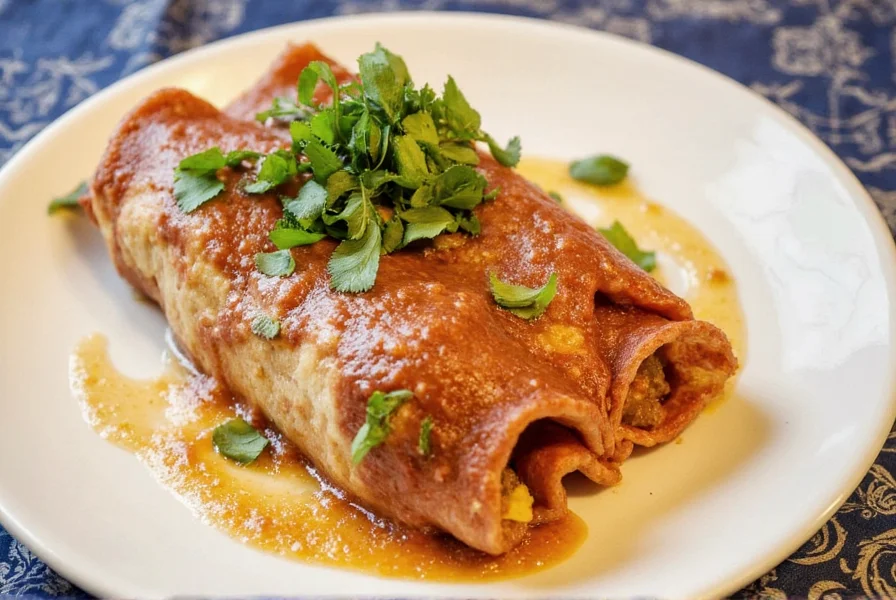
While enchiladas are often drenched in green tomatillo or red chili sauces, mole brings a different kind of magic. Its complexity adds layers of smokiness, sweetness, bitterness, and heat—all balanced by the earthy richness of dried chilies and chocolate.
Advantages of Using Mole in Enchiladas:
- Depth of flavor unmatched by most other sauces
- Thick, luscious texture that clings beautifully to tortillas
- Versatility with fillings like chicken, cheese, or even jackfruit
- Cultural authenticity and festive flair
Understanding Mole’s Flavor Profiles
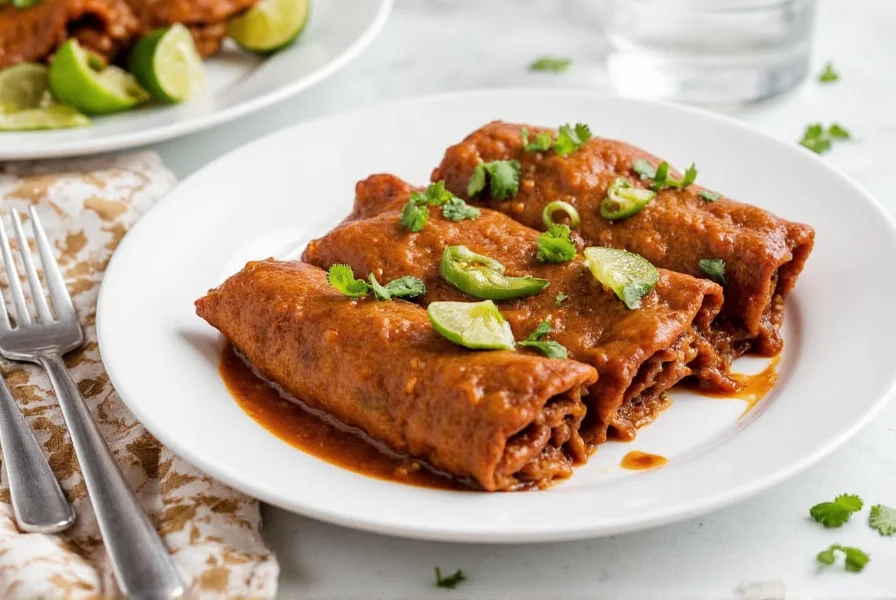
| Type of Mole | Key Flavors | Heat Level | Best For |
|---|---|---|---|
| Mole Negro | Smoky, roasted, slightly bitter | Mild to medium | Dark meat poultry, game meats |
| Mole Rojo | Rich, tomato-forward, slightly sweet | Medium | Enchiladas, tacos, rice dishes |
| Mole Verde | Herbaceous, fresh, bright | Low to mild | Seafood, white fish, vegetarian dishes |
| Mole Poblano | Complex, sweet-spicy-chocolate balance | Low | Festive meals, tamales, turkey |
Each variety has its own personality. For enchiladas, go with Mole Rojo or Mole Poblano—they hold up well under oven baking and pair beautifully with melted cheese and tender proteins.
How to Make Mole Sauce Enchiladas at Home
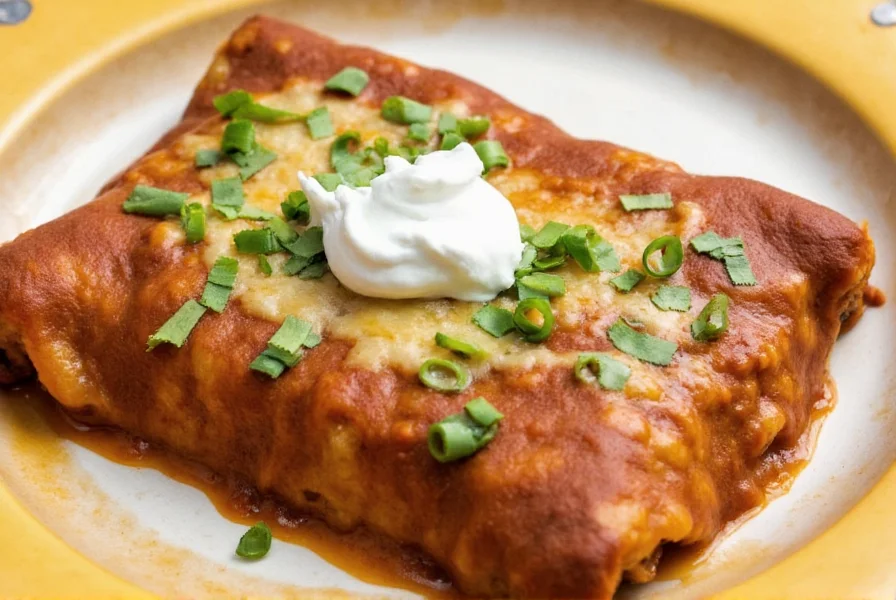
Ready to get cooking? Here’s a quick but detailed guide to making your own batch of mouthwatering mole sauce enchiladas.
Ingredients:
- 6 corn tortillas
- 2 cups prepared mole sauce (store-bought or homemade)
- 1 ½ cups shredded cooked chicken or jackfruit (optional)
- 1 cup shredded Oaxaca or mozzarella cheese
- ¼ cup chopped onion
- Optional toppings: sliced avocado, crema, cilantro
Steps:
- Preheat oven to 350°F (175°C).
- Warm tortillas briefly to soften them before rolling.
- Fill each tortilla with protein, cheese, and onions, then roll tightly.
- Place seam-side down in a greased baking dish.
- Pour mole sauce evenly over the top.
- Bake for 15–20 minutes until bubbly and golden.
- Garnish and serve hot.
Buying Guide: Best Store-Bought Mole Sauces
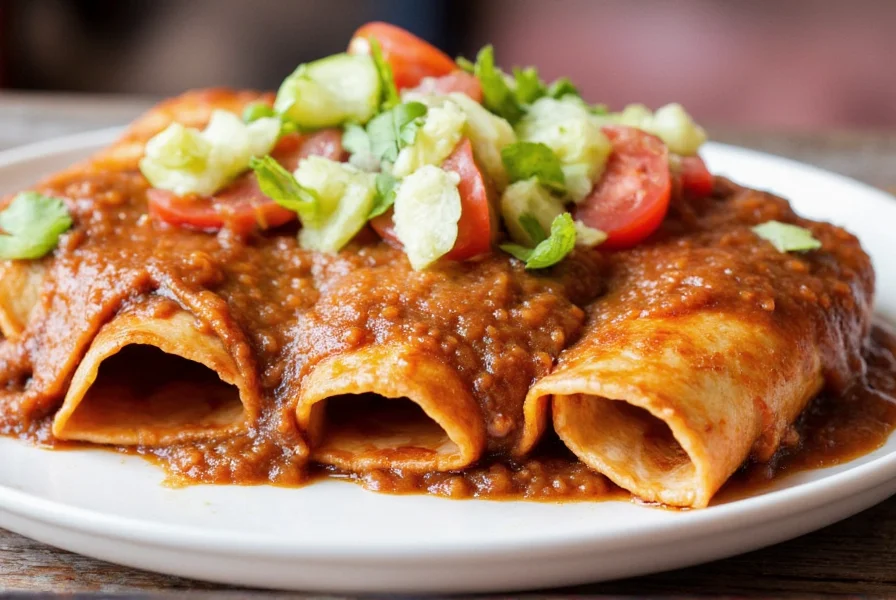
Don’t feel like roasting chilies at midnight? That’s okay! There are some excellent pre-made mole sauces out there. Here’s our curated list of the best options available in supermarkets or online:
| Brand | Description | Flavor Highlights | Best For | Price Range |
|---|---|---|---|---|
| Dona Maria | A classic brand with multiple mole varieties | Sweet, nutty, and mildly smoky; versatile for many dishes | Beginners and weeknight dinners | $ |
| La Costeña | Known for quality and authentic flavor | Thicker consistency; deep roasted notes | Special occasions and serious mole lovers | $$ |
| Guelaguetza | Oaxacan-style mole paste that you rehydrate yourself | Intense, layered flavors; requires more prep time | Chefs and spice connoisseurs | $$ |
| Ranchero | Easily found in most Latin markets | Consistently smooth with a hint of chocolate | Crowd-pleasing family meals | $ |
Tips for Choosing Mole Sauce:
- Check the label for real ingredients—not just “spices” or preservatives.
- Try before committing—some brands are sweeter or saltier than others.
- Go with the season: darker, richer moles in winter; lighter, greener ones in summer.
Serving Suggestions & Beverage Pairings
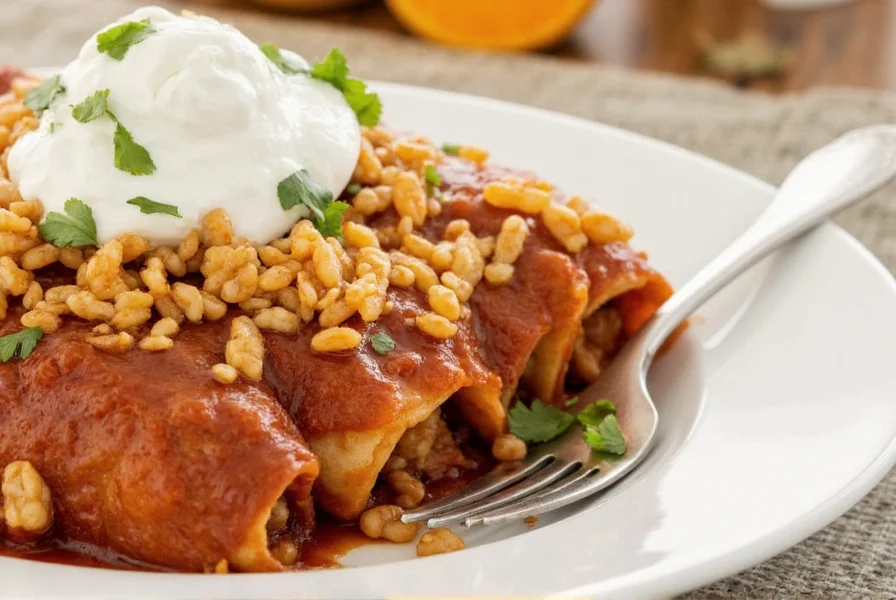
To elevate your mole enchilada experience, consider these serving suggestions:
- Sides: Mexican rice, refried beans, or avocado salad
- Garnishes: Crema, queso fresco, lime wedges, or pickled jalapeños
- Drinks:
- Margarita – cuts through richness
- Agua de jamaica – balances spice with tartness
- Beer (especially lager or pale ale) – complements earthy flavors
Cultural Roots & Regional Varieties
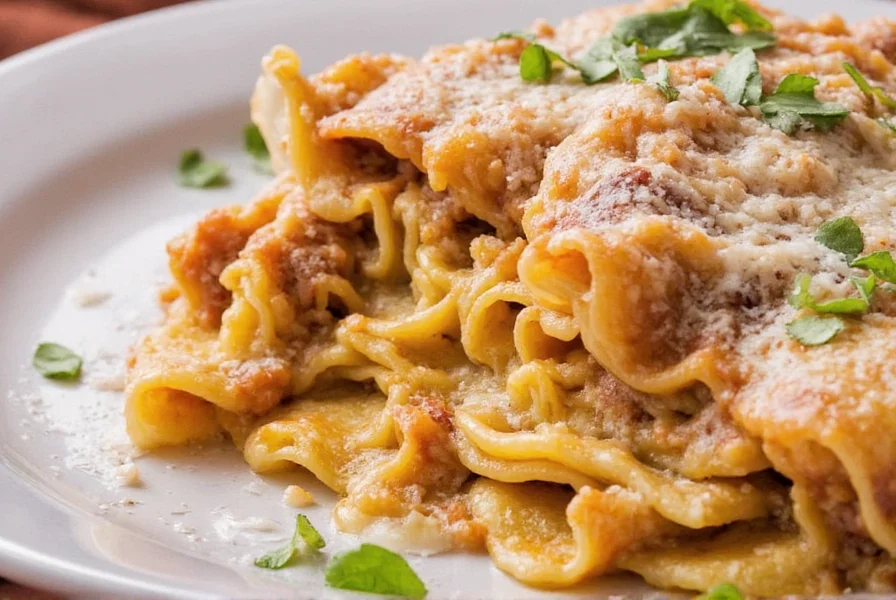
Mole isn’t just food—it’s heritage. In regions like Oaxaca and Puebla, families pass down recipes through generations, each tweak adding a new layer of history. During celebrations like Día de los Muertos or weddings, mole takes center stage as a symbol of community and love.
Fun Fact:
Legend has it that mole poblano was accidentally created by nuns trying to impress a visiting bishop—they combined what they had on hand and made culinary history!
Conclusion
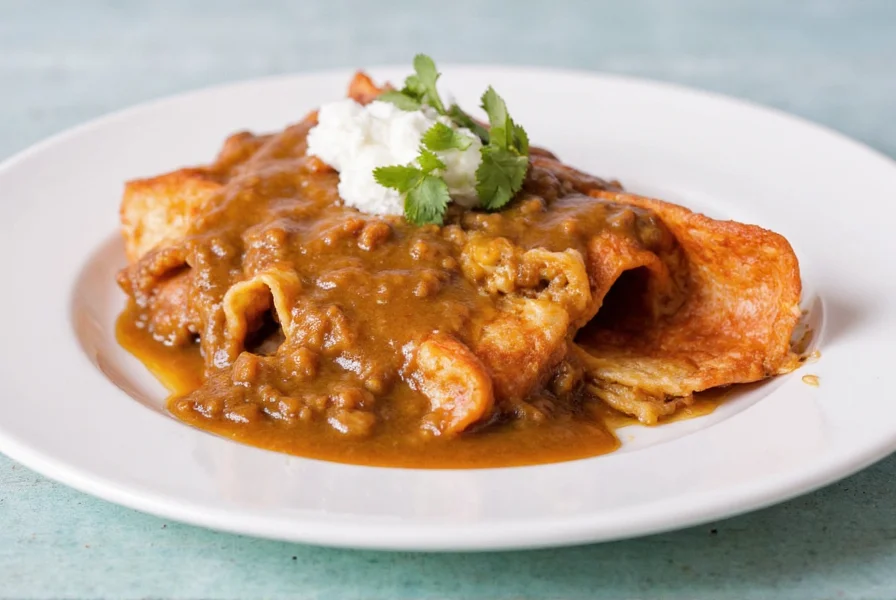
Mole sauce enchiladas are more than just a spicy dish—they’re a flavorful journey through tradition, technique, and taste. Whether you're making them from scratch or using a store-bought shortcut, one thing is certain: these enchiladas will leave a lasting impression.
So grab your favorite mole, roll up some tortillas, and get ready to fall in love with one of the world’s most complex—and comforting—sauces. ¡Buen provecho!

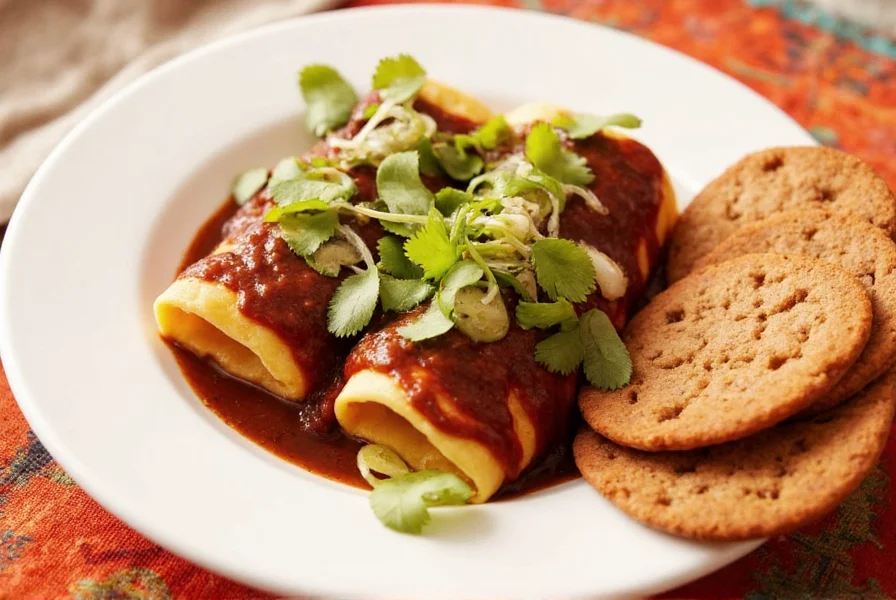









 浙公网安备
33010002000092号
浙公网安备
33010002000092号 浙B2-20120091-4
浙B2-20120091-4